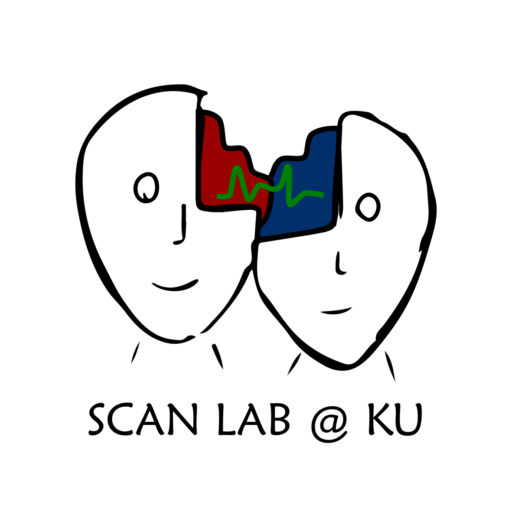Action Observation and Imitation
One major area of research we are deeply invested in is the intricate relationship between brain rhythms, particularly the mu oscillations observed in central EEG electrodes, and the cognitive processes underlying how we perceive, understand, and imitate others’ actions. By employing advanced EEG and behavioral analysis methodologies, we explore the processing of visual motion through distinct mechanisms, specifically when originating from social sources, like the meaningful actions of individuals, compared to nonsocial sources, such as the motion of inanimate objects. We hope to unravel how neural oscillations are dynamically modulated during action observation and imitation tasks, shedding light on the neural mechanisms involved in our interactions with other social agents.
Automatic Perception-Action Tendencies
Another major research interest in the lab is the automatic perception-action tendencies that govern our everyday social interactions. Our research particularly focuses on the dynamic interplay between a variety of stimulus-response compatibility effects, such as the spatial compatibility effect or affordance effects, exploring how our automatic reactions shift between objects and social agents in various contexts. Furthermore, we examine how imitative and complementary reactions in social interactions often conflict with each other, leading to intriguing insights into the complexities of social cognition. Through our interdisciplinary approach, we aim to advance our understanding of how the brain processes and integrates rapid stimulus-response compatibility effects in social contexts.
Perception of Affective States from Vocalizations and Facial Expressions
Another line of research we focus on pertains to the mechanisms underlying the perception of affective cues represented in vocalizations and facial expressions. We predominantly focus on elucidating the role of specific physical acoustic features inherent in social vocalizations and other auditory stimuli in conveying affective information to listeners. By comparing perceptions, emotional responses, and action tendencies elicited by these acoustic cues across social and non-social sources, we aim to unravel the detailed mechanisms shaping emotional processing. In addition, we explore how these ecologically relevant acoustic cues interact with visual information communicated by emotional facial expressions, ultimately leading to the emergence of holistic perceptions of affective states in others.
Pain Perception and Empathy
One final research focus in our group is understanding the similarities and differences between the experience of one’s own suffering and the observation of painful experiences in others. We aim to deepen our understanding of the neural basis of pain perception and empathy, as well as the cognitive and affective processes that modulate them, with the hope of informing interventions for pain management and promoting compassionate care.
